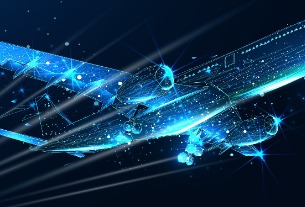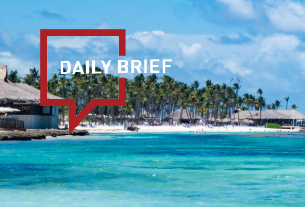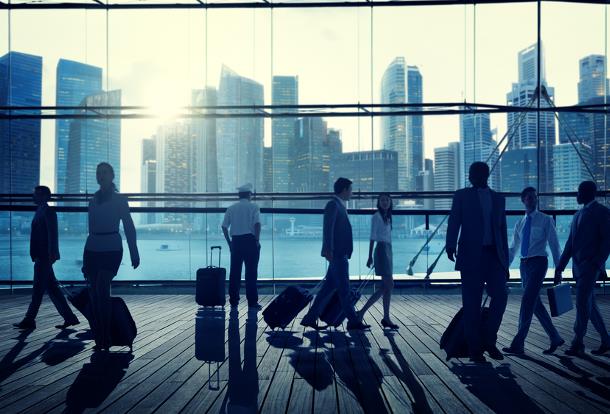Airfares seldom stay the same every time you fly – some days, you’ll land a rock-bottom deal worth bragging about, while a week later, a similar flight could burn a much larger hole in your hip pocket.
Welcome to the dark art of airline ‘revenue management’: the business of squeezing every possible dollar and cent out of every departure, even if that means taking off with fewer, higher-paying passengers, rather than a full load of savvy sale shoppers.
Speaking at this month’s CAPA Live event from Chicago, Dave Bartels – United Airlines’ Vice President Pricing & Revenue Management – gives a rare insight into how airfares are controlled, and why one flight can cost so much more, or considerably less, than another.
Explained simply, when flights are selling like hotcakes, the price generally goes up to keep seats available for those who really want them – not unlike surge pricing on Uber – and when passenger numbers are lower than expected, it’s time for a sale.
It's all about “rebalancing supply and demand”, says Bartels, and that balancing act isn’t achieved by guesswork: history plays a big part, with years of sales patterns to draw on.
Alternatively, the airline could follow the roadmap laid out by the pricing team, which sees fare prices changing on their own as tickets are sold, and as time passes.
For instance, some fares have selling limits applied behind the scenes: and once that limit is reached, the lowest available fare automatically becomes more expensive, and so on.
As well, as a flight gets closer to departure, some fare prices may automatically disappear.
Read original article




